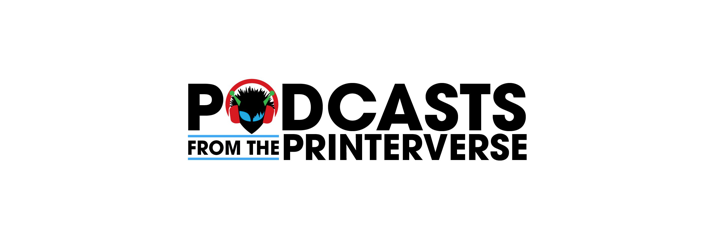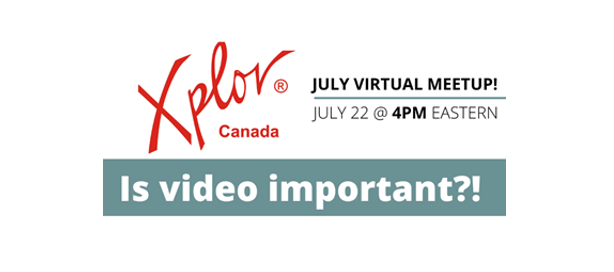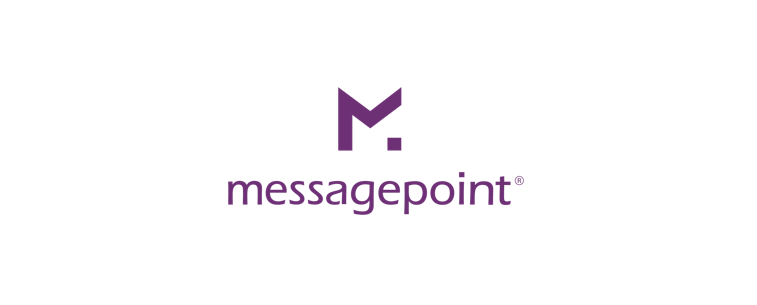
by Skip Henk | Oct 7, 2021 | Blog Frontpage, Skip's World
Skip Henk, President and CEO of Xplor International, discusses the upcoming XPLOR21 conference with Mark Michelson, Editor-in-chief with Printing Impressions.

by Scott Mulkey, M-EDP | Aug 4, 2021 | Blog Frontpage
Are you part of the transformation? “Today’s rapidly changing technological landscape is also reshaping the market. Instant access to relevant information, personalized experiences on a preferred channel, and consistent communications in terms of style, branding, and...

by Skip Henk | Jul 27, 2021 | Blog Frontpage, Skip's World
Last week I had the privilege of being interviewed by Deborah Corn, internationally known as the Intergalactic Ambassador to The Printerverse. You can check her our at www.printmediacentr.com. As always, I had a great time. Check out the podcast to hear about what’s...

by Chad Henk | Jul 12, 2021 | Blog Frontpage
Why is video more important now than ever before? How can the transactional printing industry USE video? Digital customer journeys have a key glaring gap; providing personalized education for each and every customer to help them progress with confidence in choosing...

by Skip Henk | May 10, 2021 | Blog Frontpage, XPLOR
By: Skip Henk, President/CEO of Xplor International I recently had a chance to catch up with a longtime Xplor supporter and our newest Elite sponsor, Roger Gimbel of Gimbel & Associates. Roger has been involved with Xplor for almost 25 years as a frequent speaker...

by Skip Henk | Sep 14, 2020 | Blog Frontpage, Skip's World
This is part 2 of an interview with Steve Biancaniello, CEO of Messagepoint; read Part 1 here! Artificial Intelligence has become a growing component of Customer Communications and the overall experience. Software vendors have started to integrate into their software...






